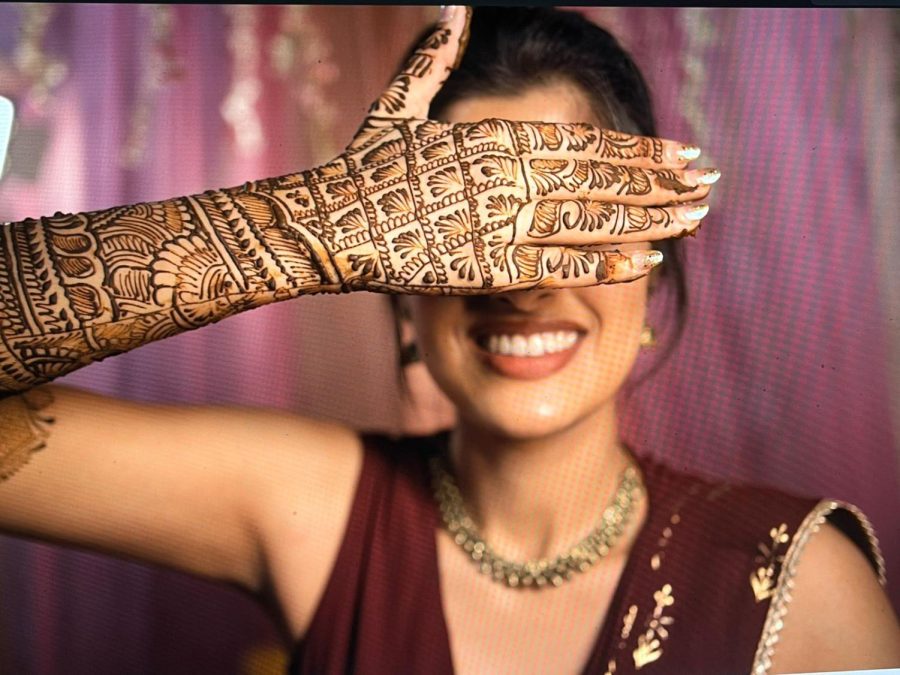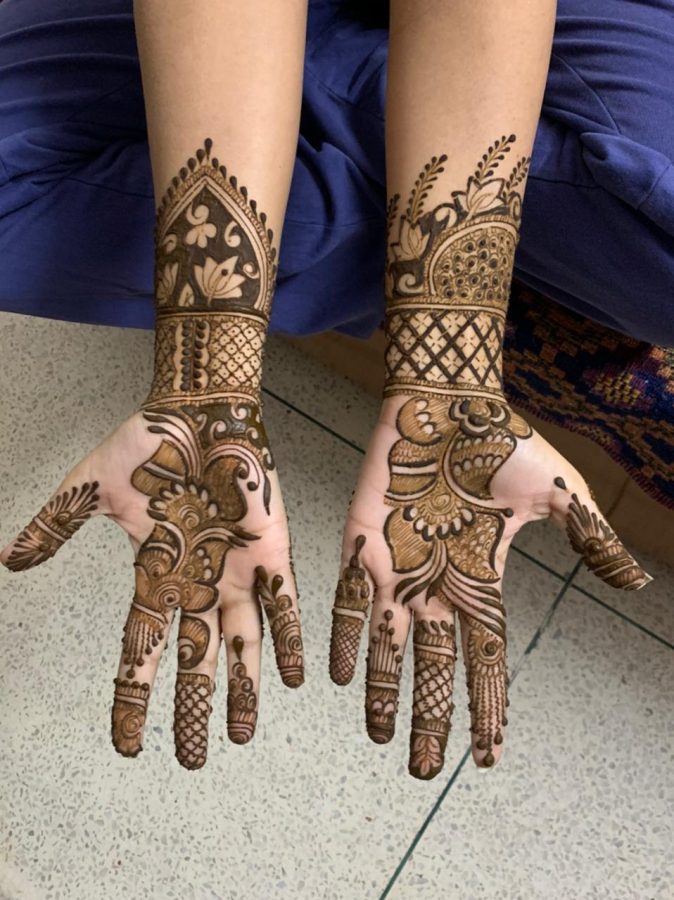The Art of Mehndi – an Indian Tradition
When used by other cultures, is it cultural appropriation or appreciation?
Long before Mehndi, a type of Indian body art, became a fashion statement in the western world, it was used in different cultures throughout South Asia and in parts of North Africa. With Diwali, the Hindu Festival of Lights, recently passing by, this is the perfect opportunity to explore this beautiful art form.
The word Mehndi is derived from the Sanskrit word mendhikā, but is more commonly known as henna in the west. It comes from the shrub called Lawsonia inermis, often referred to as “the henna tree”, which thrives in the tropical regions of Africa, North Australia, and South Asia. The paste is mentioned in numerous ancient texts, including the Bible, and is associated with positive spirits and good vibes.
To create henna, the plant’s leaves are dried, pounded into a powder, and combined with other ingredients to make a paste. Mehndi is applied for various purposes like hair dyes and tattoos. In the past, Mehndi was used to color hair a deep red and on the skin to create temporary tattoos. This plant can be dyed in a variety of hues by combining its leaves with those of other plants, like indigo. Various additives, including tea, coffee, cloves, tamarind, lemon, sugar, and various oils, have also been added to increase the color and tenacity of design according to the locale and what was readily available. Indian belief holds that the darker the bride’s mehndi, the more stable her marriage will be. Because of this, often you’ll see brides using different oils in order to create the darker shade.
Now that we know some basic facts about Mehndi, let’s talk about its impact and significance in Indian cultures.
Where did it start?
Some academics contend that evidence of the use of henna dates back to ancient Indian texts and paintings, suggesting that Mehandi as an art form may have its roots there. Others contend that centuries after it had been used in the Middle East and North Africa, the Mughals introduced the custom of henna body art to India in the eleventh century. However, the most widely accepted explanation appears to be that it was utilized in ancient India. In Indian customs, Mehndi has a significant cultural importance. Mehndi is a crucial component of all Indian ceremonies and festivals, whether they are marriages, Karva Chauth, or other events.
New Mehndi designs and styles are emerging in today’s modern day, giving it more glitz and joy. Mehndi has evolved into an accessory for future brides because the wedding day is one of the most important days of a person’s life. In fact, there is a complete ceremony called the Mehndi ceremony or Mehndi Shondha (the evening of Mehndi) that is devoted to its celebration. People spend tens of thousands of rupees (around 200-500 dollars) on just the Mehndi alone! It is also tradition for the groom and bride to partake in a name game: the groom’s name is hidden somewhere in the bride’s Mehndi, if the groom finds his name he is said to be the boss, but if he fails then it is then the bride wins. This game is played for amusement and to lower the stress levels of the bride and groom. In Hindu culture, Mehndi is applied on all significant occasions, festivals, and vrats (fasts). It is crucial during holidays like Karva Chauth, Rakhi, and Diwali, among others.
What is the major problem?
Now that Mehndi has become so well-known thanks to social media, it’s typical to stumble across images or videos of the skin-staining paste. As a fashion statement, many celebrities have been spotted sporting it. Although there is nothing fundamentally wrong with an individual of another culture wearing Mehndi, the issue occurs when they straddle the line between cultural appreciation and appropriation.
What’s the difference between the two?
Cultural appropriation is the act of taking one aspect of a culture that is not one’s own, such as culturally distinctive items, aesthetics, or spiritual practices, and mimicking it without consent, permission, or any cultural context or relationship to that item or practice, solely for one’s own interest, in order to make money, gain popularity, etc.
On the other hand, cultural appreciation involves appreciating another culture in an effort to broaden one’s perspective and connect with others across cultures. Keeping in mind the underlying cultural significance of henna, it’s vital to think about what makes the application of henna go beyond cultural appreciation and turn into cultural appropriation.
The term ‘henna’ is the westernized version of Mehndi. Within the name of the art form, Mehndi has already been appropriated. It is furthered by ‘henna tattoos’ or ‘henna art’ as if it is just another activity for westerners to enjoy that has no meaning. Mehndi is culturally significant to south asia and northern africa as its use symbolizes celebrations and beauty. When done at fun fairs or practiced in the wrong ways, Mehndi is facing cultural appropriation. Even when westerners decide to take it upon themselves to learn to do it for others, they are lacking the heritage and significance behind its meaning.
The two most frequent justifications heard for wearing henna outside of tradition were empowerment and respect for its beauty. I refute these arguments with the straightforward assertion that a culturally meaningful habit is not a fashion statement or a trend after educating myself through the varied viewpoints of individuals impacted by this sect of cultural appropriation and other exploratory articles on the wearing of henna. Most henna users don’t know much about the history of henna or how it can be used by many different ethnic groups and cultures. Actually, this has the opposite effect of promoting cultural appreciation. Credit is not given where credit is due if one lacks prior knowledge of the tradition and respect for merely the aesthetics of henna. Thus, the “fashion” of henna promotes ignorance rather than the opportunity to understand and genuinely value different cultures. I believe that learning about a culture rather than simply adopting its religious traditions demonstrates respect. By becoming knowledgeable about the topic and being conscious of its history and significance to the culture it hails from, one can wear Mehndi without appropriating it.

Hi!, my name is Archita Jangid, I'm a sophomore and I just started attending Piscataway High School so I have a fresh perspective to offer. I like playing...









Renzo E Hernandez • Dec 14, 2022 at 7:32 am
I like how you wrote this; it has incredible information, and the layout is nice. Also, your grammar is excellent too. Great job.